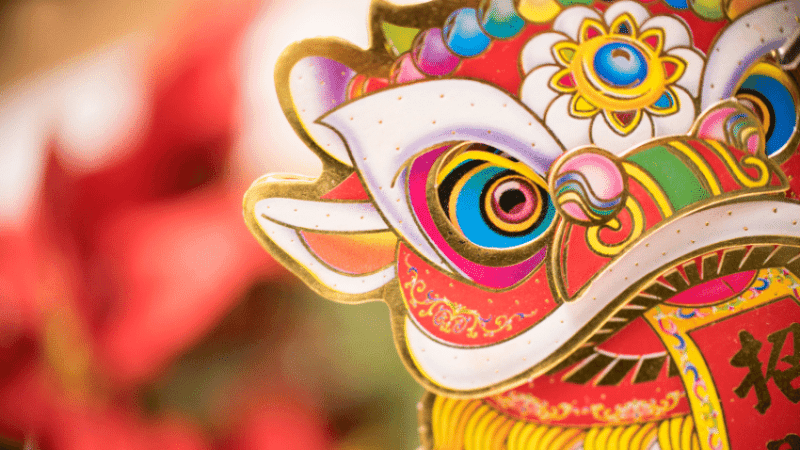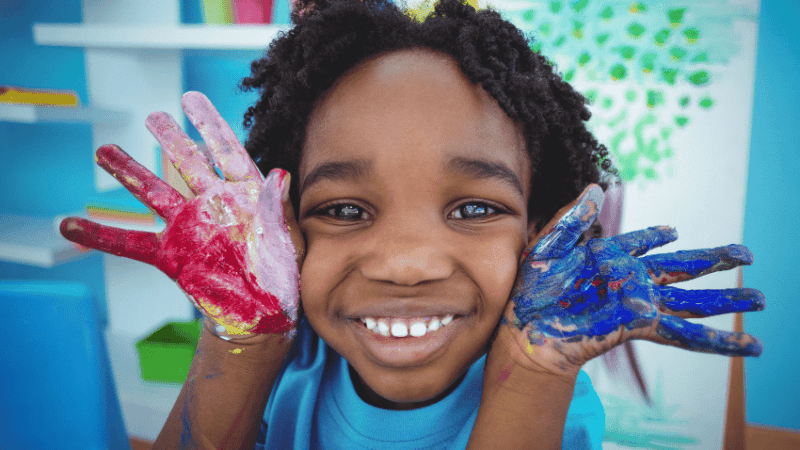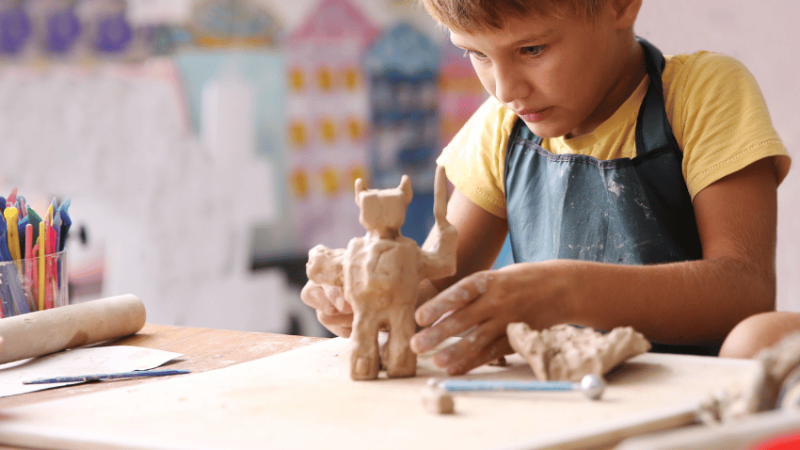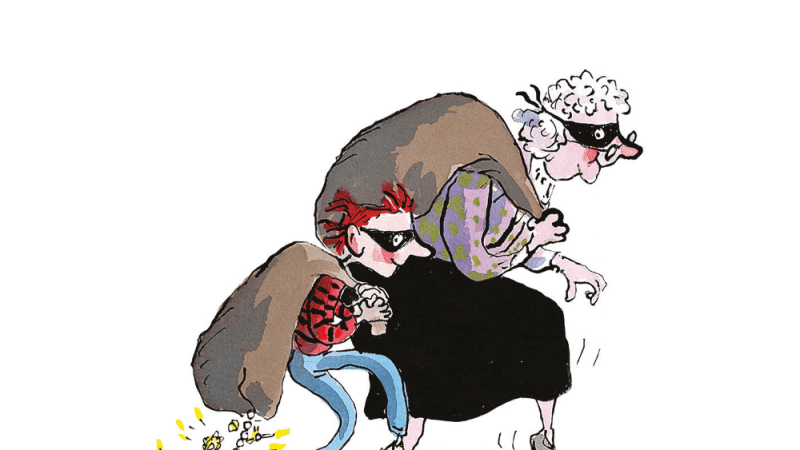Snow activity – KS2 cross-curricular snowflakes lesson
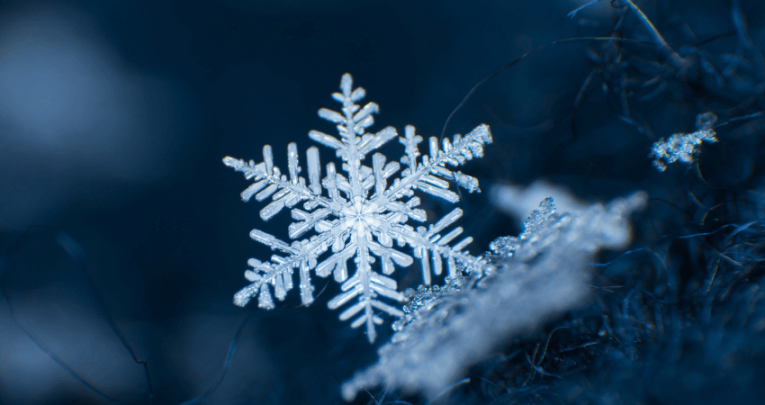
Embrace the chill of winter and explore the beauty of snowflakes with this fun project combining science, maths and art…

- by Adele Darlington
- Primary art consultant, teacher and author with over 20 years' experience
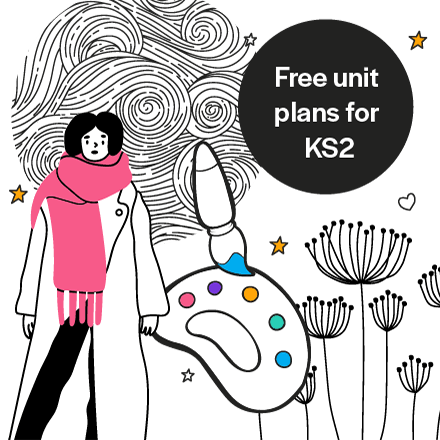
This snow activity focuses on the wonders of snow, and the intricate details that make up each individual snowflake.
The complex, exquisite patterns created naturally as the flakes fall from sky to ground are both astounding and mesmerising.
This snow activity, inspired by real-life snowflakes, sees pupils creating their own designs, exploring symmetry, shape, line, and pattern along the way.
If you’re lucky enough to be carrying out this snow activity on a snowy day, take your pupils outside and immerse them in the subject matter.
Wrap up warm in hats, coats and gloves, and explore the snow using the senses. How does it look, feel, smell, sound and maybe even taste? Encourage pupils to pick it up, let it fall through their fingers, observe it closely through magnifying glasses and watch as it melts from the warmth of their hands.
Thinking like artists
Back in the warmth of the classroom, share some artworks depicting wintry scenes, such as:
- Claude Monet’s The Magpie (1869)
- Landscape with Snow by Vincent Van Gogh (1888)
- Snowy Landscape at Eragny with an Apple Tree by Camille Pissarro (1895)
Think and talk like artists, discussing the compositions, lines, shapes, textures, patterns, and colours used in the paintings. Then move on to sharing likes and dislikes. Which painting is their favourite/least favourite, and why?
Rotational symmetry
Now, move on from the wintry landscapes to zoom in and look closely at individual snowflakes. A web search for “snowflake macro photography” will bring up some breathtakingly beautiful images of single flakes of snow; stunning jewels of the natural world, all completely unique in identity.
One thing they do all share, however, is sixfold rotational symmetry. Each flake has six arms, with symmetrical patterns on each. Look closely at examples on the whiteboard and discuss the patterns on display. Can your pupils spot the symmetry?
Create your artwork
Next, it’s time to create some snowflake artwork. Armed with paper, rulers, pencils, and the knowledge that snowflakes need six-fold symmetry, let your pupils loose to design their own. They may find it useful to have some printouts of example flakes to inspire, and some children may need the support of simple templates with six empty arms on to add detail to.
The snowflakes will look most striking if drawn in silver pen on blue paper, and just like in nature, each snowflake should be unique.
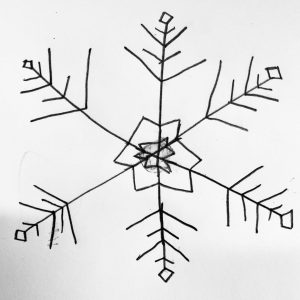
Share the results
Finally, let your children share their snowflakes with their friends, encouraging discussion of the similarities and differences between their creations.
What did they find easy? What did they find tricky? If they were to create another snowflake, what would they do differently?
The finished snowflakes can be displayed on the wall or cut and hung up together as a wintry curtain. They can also be used to inspire snowy poetry or story writing.
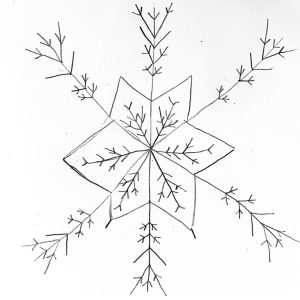
Adele Darlington is an experienced primary teacher and art consultant. She is also the author of 100 Ideas for Primary Teachers: Art, published by Bloomsbury.


